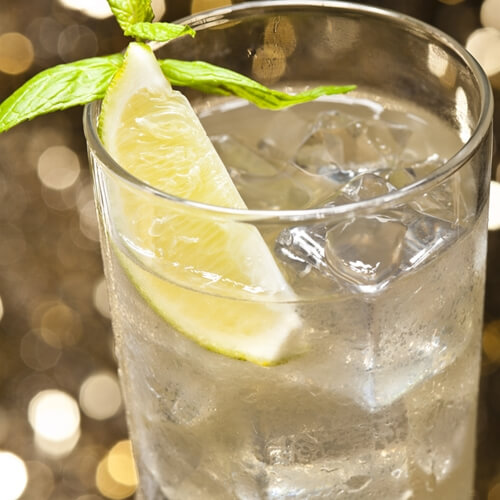The truth behind tonic

One of the most popular summer cocktails is the gin and tonic. The juniper flavors of the gin complement the fizz and bitterness of tonic quite nicely, and a splash of lime adds a burst of citrusy freshness. While you may be familiar with gin and its variants, the mysterious origins of tonic water are likely to puzzle you. The strange-tasting fizzy water was introduced to British officers in 1825, and has been enjoyed with a stiff shot of gin ever since.
Medicinal purposes
Tonic water started out as a medicine for the prevention and treatment of malaria. More specifically, quinine, the main flavoring of tonic water, was used for this purpose. Quinine is derived from the cinchona tree, native to the sloping land of Peru. The indigenous Inca population was the first to discover the bark’s effectiveness in the treatment of malaria. This information was eventually gathered by the Spanish colonizers during the 17th century. They began exporting the Peruvian tree dust to Europe, where demand for the medicine skyrocketed. In order to break the Spanish monopoly on quinine exports, smugglers brought cinchona tree seeds out of the country and sold them to the Dutch government. As a result, many of the trees were grown in the Dutch colonies of Indonesia.
Japanese takeover
The Japanese army overtook the Indonesian islands during World War II. Up to that point, 95 percent of the world’s quinine came from the trees introduced there by the Dutch. However, after the Japanese takeover, the US had to find alternative access to the malaria-fighting drug. Scientists were eventually able to develop a substitute, which is still used to flavor some tonic waters today.
A British drink
Many drinkers associate the gin and tonic with the British. They were the first ones to really make tonic water as we know it. Quinine, when taken by itself as a medicine, is extremely bitter and foul-tasting. In order to make the necessary medicine more palatable, British officers in India began adding their daily dose of quinine to carbonated water with a little bit of sugar. Thus, tonic water was born. Gin was added later so that the officers could enjoy a drink with their comrades late in the day while taking their medicine at the same time!
Next time you sip a refreshing gin and tonic, you can impress your friends with your newfound knowledge.


